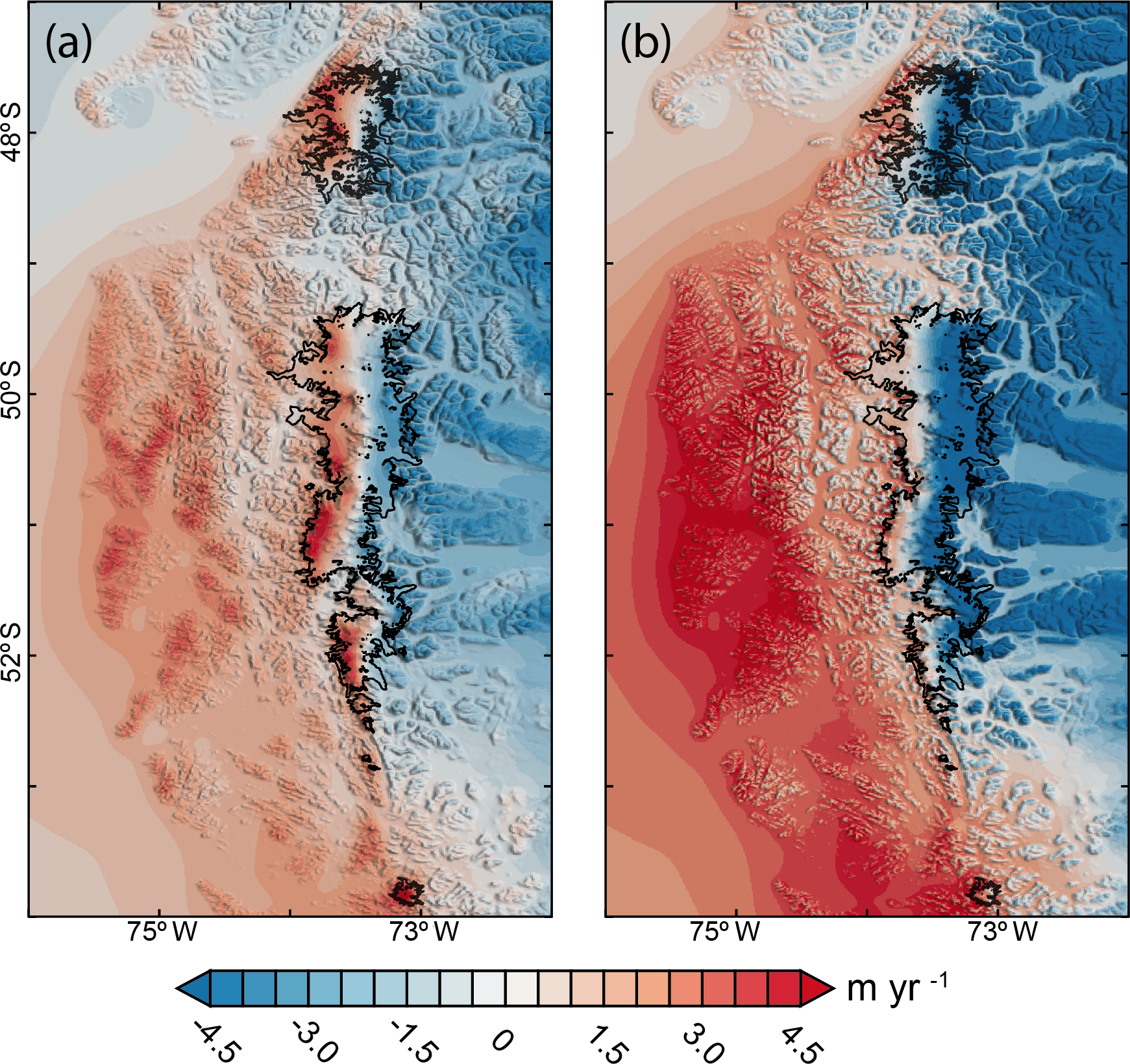Understanding OPM Weather: A Comprehensive Guide
Understanding OPM Weather: A Comprehensive Guide - Some of the challenges in OPM weather forecasting include: In agriculture, OPM weather is essential for crop management and yield optimization. Farmers rely on accurate weather forecasts to make informed decisions about planting, harvesting, and irrigation. By understanding weather patterns, they can mitigate the risks associated with adverse conditions and improve productivity.
Some of the challenges in OPM weather forecasting include:
Despite the advancements in technology, OPM weather forecasting still faces several challenges. Weather systems are inherently complex and can be influenced by a multitude of factors, making accurate predictions difficult. Additionally, the impact of climate change has introduced new variables that complicate the forecasting process.
OPM weather is a term that has gained prominence in recent years, particularly in discussions about atmospheric phenomena and their impact on the environment. It refers to the observation, prediction, and management of weather patterns that affect specific regions or sectors. Understanding OPM weather is crucial for industries such as agriculture, aviation, and disaster management. In this article, we will delve into the intricacies of OPM weather, its significance, and how it influences our daily lives.
/cdn.vox-cdn.com/uploads/chorus_asset/file/22209395/national_3dayprecipsnow.jpeg)
According to the World Meteorological Organization (WMO), the accuracy of weather forecasts has improved significantly over the past few decades. Short-term forecasts are now accurate up to 80% of the time, while long-term forecasts have also shown improvement. These advancements are largely due to the integration of big data and advanced analytics in OPM weather.
Recent advancements in technology have revolutionized the field of OPM weather. The development of sophisticated weather models, satellite imagery, and machine learning algorithms has significantly improved the accuracy of forecasts. These tools enable meteorologists to analyze vast amounts of data and provide precise predictions tailored to specific needs.
HESS Revisiting extreme precipitation amounts over southern South
Climate change has a profound impact on OPM weather, altering weather patterns and increasing the frequency of extreme weather events. Rising global temperatures, melting polar ice caps, and changing ocean currents are just a few of the factors contributing to these changes. As a result, OPM weather forecasting must adapt to incorporate these new variables and provide accurate predictions.

In its simplest form, OPM weather refers to the observation and prediction of weather systems that directly impact operational planning and management. This concept is particularly relevant in sectors where weather conditions play a pivotal role, such as aviation, maritime navigation, and agriculture. The term "OPM" stands for Operational Planning and Management, emphasizing the practical applications of weather forecasting in real-world scenarios.
As we navigate through the complexities of modern meteorology, OPM weather serves as a critical tool for decision-making. Whether you're a professional in the field or simply curious about weather dynamics, this article will equip you with the knowledge needed to stay informed and prepared.
The aviation industry relies heavily on accurate weather forecasts to ensure safe and efficient operations. OPM weather plays a critical role in this sector by providing pilots and air traffic controllers with real-time information about weather conditions. This data helps in route planning, fuel management, and passenger safety.
Weather patterns are becoming increasingly unpredictable due to climate change, making the study of OPM weather more important than ever. By analyzing historical data and leveraging advanced technologies, scientists can provide accurate forecasts that help mitigate potential risks. This article aims to provide a comprehensive overview of OPM weather, ensuring readers have a solid understanding of its implications.
Some of the key technological advancements in OPM weather include: